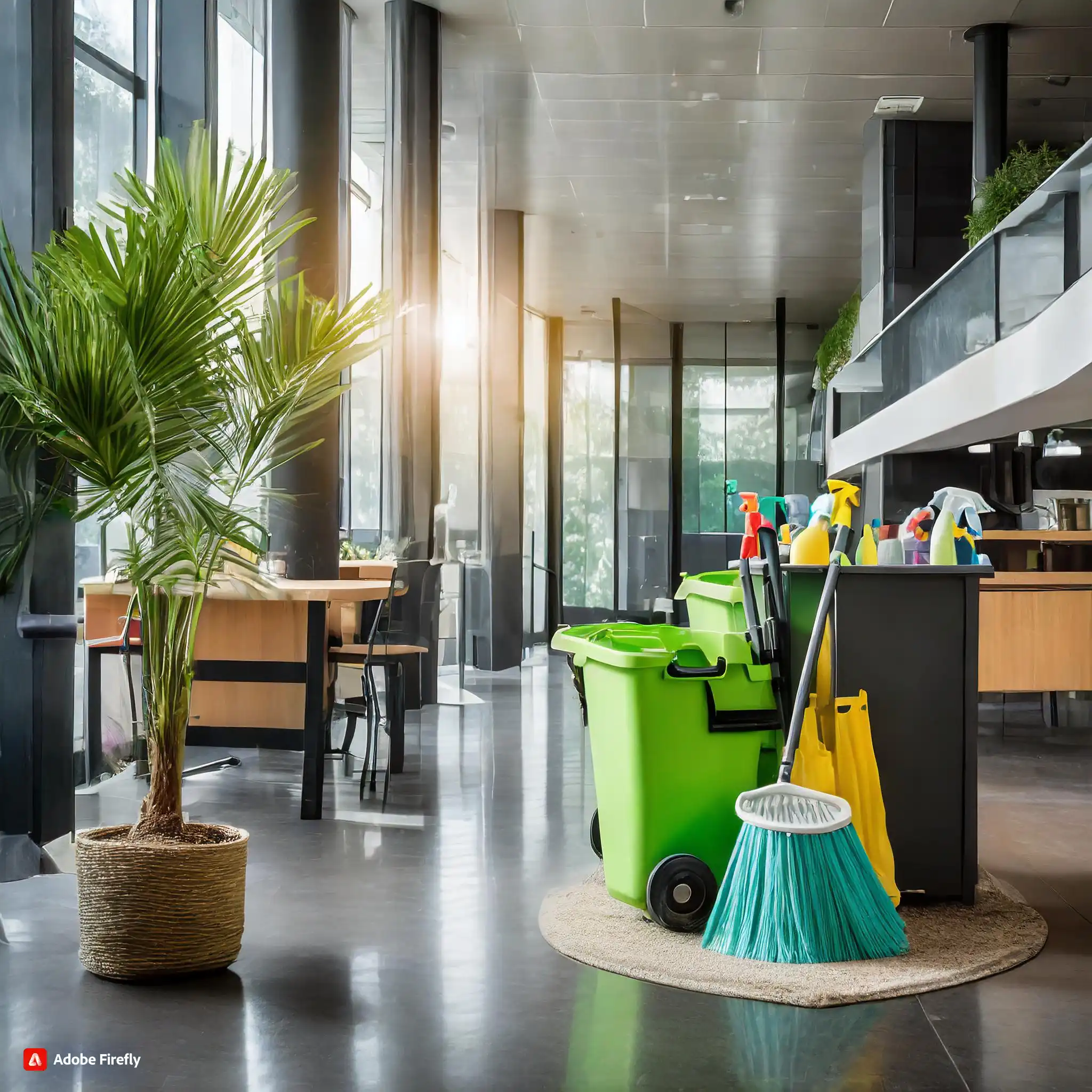Unveiling the Wonders of VCT Commercial Flooring
Understanding VCT Flooring
Vinyl Composition Tile (VCT), a predecessor to vinyl asbestos floor tile (VAT), gained popularity in residential and
commercial buildings from the early 1950s to the early 1980s. The initial iterations of VCT tiles, typically 9” square,
contained asbestos. However, modern VCT tiles, introduced since the early 1980s, are asbestos-free. These contemporary
tiles consist of colored polyvinyl chloride (PVC) chips molded into solid sheets through heat and pressure, typically
cut into 12” squares and 1/8” thick.
Installation Process
Installing VCT floor tiles involves affixing them to a smooth, level sub-floor using specially formulated vinyl adhesive
or tile mastic. The adhesive application demands precision, preventing gaps between tiles while ensuring excess adhesive
doesn’t squeeze through, as it remains pliable even when “dried.”
Composition and Durability
The color and pattern of VCT tiles extend throughout the material, maintaining consistency despite scratches or gouges.
This durability, coupled with its low cost, positions VCT flooring as a favored choice for various commercial
applications.
Maintenance Guidelines
While resilient and cost-effective, VCT flooring demands regular maintenance to preserve its longevity. Routine
activities like sweeping, mopping, buffing, and periodic recoating are essential components of upkeep.
New and Stripped VCT Flooring
For newly installed or stripped VCT flooring, a meticulous process is recommended. After cleaning excess adhesive and
scrubbing the surface, applying water-based acrylic floor sealer followed by high-quality acrylic floor finish ensures
optimal protection.
Old Floors with Little Finish or Thick Build-Up
Adjusting maintenance for older VCT floors depends on the existing finish. For floors with minimal finish, a blue floor
pad and a high-quality acrylic floor finish are recommended. Conversely, floors with a thick build-up require a more
intensive approach, involving a black floor pad, floor stripper solution, wet and dry hard floor vacuum, and the same
application of water-based acrylic floor sealer and finish.
Scrub n Shine: Your VCT Flooring Experts
As the premier Twin Cities vinyl flooring maintenance and cleaning service contractor, Scrub n Shine offers unparalleled
expertise in VCT flooring care. Contact us to discuss your VCT flooring needs and ensure your commercial
space maintains its vibrant and durable flooring.
